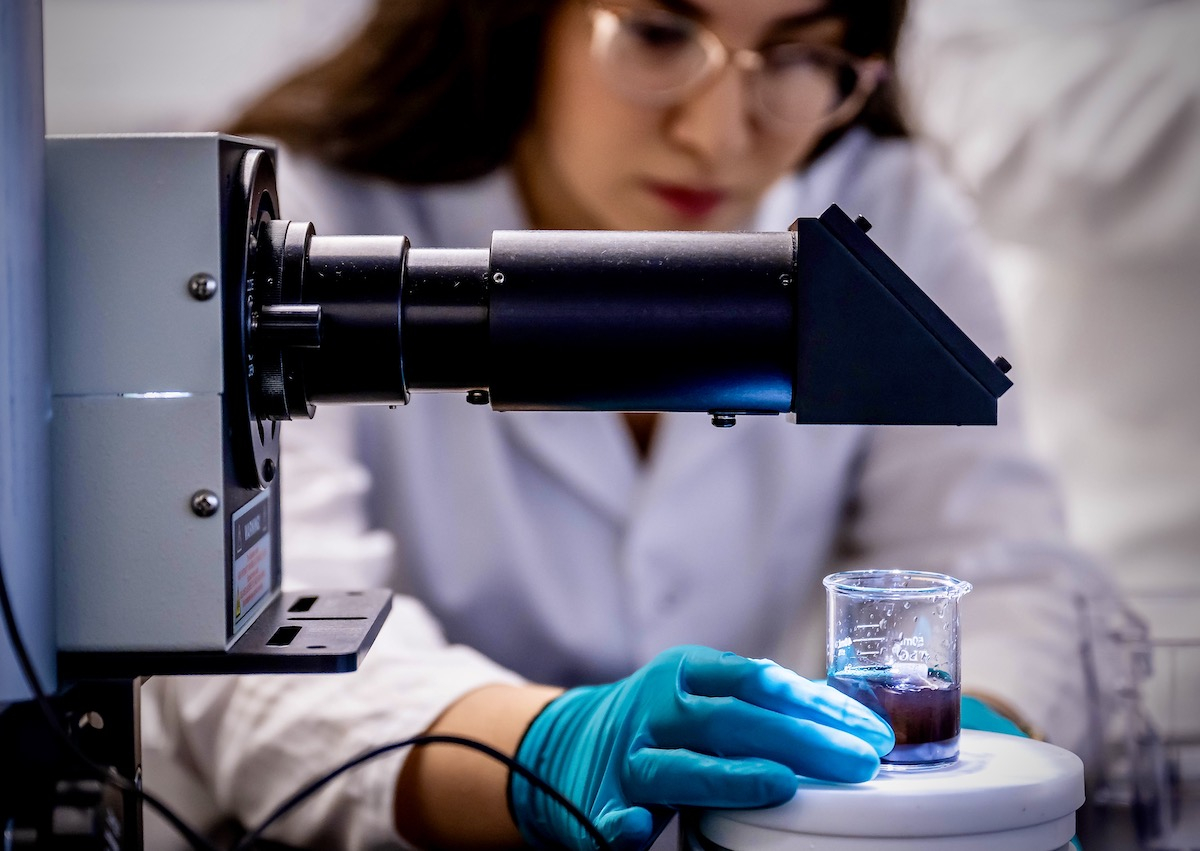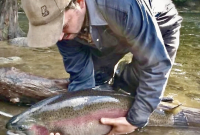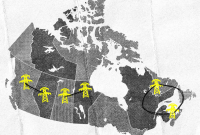Support strong Canadian climate journalism for 2025
University of British Columbia researchers have developed a method that offers a permanent goodbye to toxic “forever chemicals” polluting Canada’s drinking water.
A water treatment system that catches and destroys a class of dangerous chemicals known as per- and polyfluorinated substances (PFAS) is being developed by a team of engineers as a low-cost solution for public water systems or the clean up of industrial waste streams, said lead researcher Dr. Johan Foster, a professor of chemical and biological engineering at UBC.
Found worldwide, PFAS can accumulate in the body, increasing the risks of cancer, liver damage, pregnancy problems and developmental delays in children along with a host of other health problems.
PFAS are a big concern because of their wide use in the manufacture of consumer goods like water proof clothing, carpets, or furniture to make them heat and stain resistant, said Foster.
But many of the forever chemicals can last decades and are potent, water-soluble contaminants that leach into surface and groundwater from firefighting foam, landfills, paper mills, wastewater treatment facilities and run off from urban areas or land fertilized with sewage sludge.
The chemicals are notoriously difficult to break down both once they’ve found their way into the environment or human body, Foster said. Even small amounts of some PFAS can cause big problems.
“Half a normal wooden toothpick — that [amount] will contaminate an Olympic-sized swimming pool containing two and half million litres of water,” Foster said.
“Just that half toothpick will take [PFAS] to a level where it will start to create problems in the human body.”
The research team’s method relies on specially treated activated carbon filter that can be paired with ultraviolet (UV) light, if available, to remove PFAS and break them down into harmless materials that can be disposed of safely, said Foster.
Creating the specialized carbon involves soaking forestry wood waste or crop residue in a patented “secret sauce” of metal salts solution that when roasted in a high tech oven with no oxygen creates a specialized iron oxide charcoal material.
On contact with water, this carbon catalyst binds and destroys the PFAS’ harmful contaminants, Foster said.

During experiments, this catalyst removed more than 85 per cent of perfluorooctanoic acid (PFOA), a widespread PFAS pollutant, according to a recent study.
The carbon filter system purifies water better if paired with UV light, either natural sunlight or artificial sources, Foster said.
However, the method is still effective and works for extended periods of time and under low light conditions, meaning it could be useful in small, northern Indigenous communities that don’t get much sun, he said.
“We can use it with UV that helps kill other things in water [like bacteria] but it’s not required,” Foster said.
Other existing water treatment methods to remove PFAs from water tend to be less effective and more costly, Foster noted.
Some water filtration methods capture the PFAs but can reintroduce the toxic chemicals in an even more concentrated form back into the environment when filters are disposed of in landfills, Foster said.
“So you're basically just kicking the can down the road.”
Because the system can filter large volumes of water fairly quickly and relies on forestry or crop waste as its raw material, it is more economical and sustainable than other water treatment methods, he added.
The process to create the specialized charcoal with high tech ovens doesn’t create emissions and sequesters carbon that would be emitted into the atmosphere if the waste materials were openly burned or decomposed, Foster said.
The next step is to trial the idea outside of the lab and create “multiple tonnes” of the catalyst material with help from a grant from the B.C. Forest Ministry, he said.
“It has potential to be very scalable,” Foster said.
“The idea would be to implement the filter material that destroys PFAS not only in homes, but also in cities in the near future.”
“Obviously, if every municipality wants this, that's a bigger problem, one that we're looking forward to trying to tackle.”
Rochelle Baker / Local Journalism Initiative / Canada’s National Observer






Comments
Large scale trials needed soon!